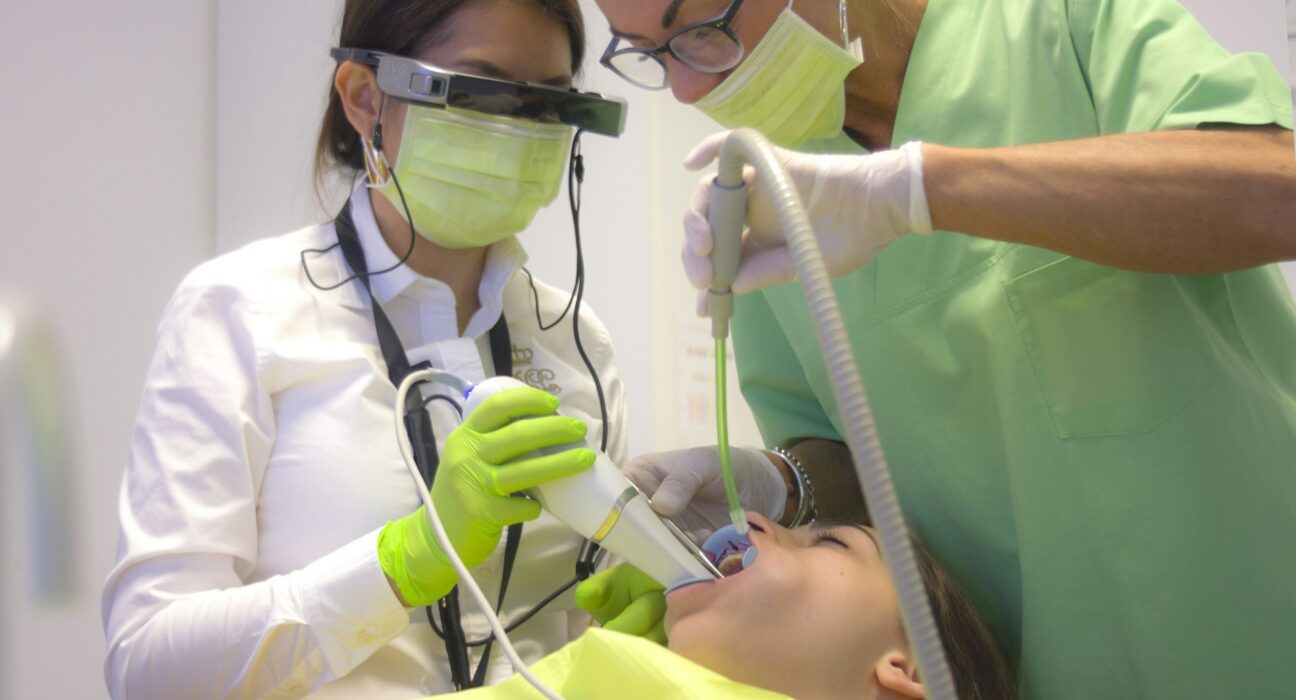Feeling nervous about an upcoming dental appointment is more common than you might think. For many, the thought of sitting in the dentist’s chair can bring on feelings of unease or even significant dental anxiety. This apprehension can be a major barrier to receiving regular, essential oral care. However, neglecting your dental health due to fear can lead to more complex issues down the line.
Understanding and managing this anxiety is the first step toward a more positive dental experience. There are practical strategies you can use to calm your nerves and feel more in control during your visit. This article will walk you through effective tips for stress relief and patient comfort, helping you approach your next appointment with greater confidence. By incorporating these techniques, you can transform your dental visits from a source of stress into a routine part of your health care.
1. Communicate Your Fears and Concerns
One of the most effective ways to manage dental anxiety is to talk about it. Your dental team is there to help, and they can’t provide the best support if they don’t know you’re feeling nervous.
Tell Your Dentist
Let your dentist and their staff know about your anxieties when you schedule your appointment. This gives them a heads-up and allows them to prepare for your visit with your comfort in mind. Many dental professionals are experienced in helping anxious patients and can adjust their approach accordingly.
Establish a Signal
Agree on a hand signal with your dentist before the procedure begins. A simple gesture, like raising your hand, can let them know you need a break or are feeling uncomfortable. This puts you in control of the situation and can provide significant peace of mind.
2. Practice Relaxation Techniques
Actively calming your body and mind before and during your appointment can make a big difference. These simple stress relief techniques can help lower your heart rate and ease muscle tension.
Deep Breathing
Practice diaphragmatic breathing, also known as belly breathing.
- Inhale slowly through your nose for a count of four, allowing your stomach to expand.
- Hold your breath for a count of four.
- Exhale slowly through your mouth for a count of six.
- Repeat this several times in the waiting room or even in the dental chair.
Progressive Muscle Relaxation
This technique involves tensing and then relaxing different muscle groups. Starting with your toes, tense the muscles for five seconds, then release the tension for 30 seconds. Work your way up your body, focusing on one muscle group at a time.
3. Use Distraction to Your Advantage
Shifting your focus away from the dental procedure can help the time pass more quickly and reduce your anxiety. Many dental offices now offer amenities to enhance patient comfort.
Bring Headphones
Listening to your favorite music, a podcast, or an audiobook can be a great way to drown out the sounds of the dental office. Create a calming playlist specifically for your appointment.
Watch a Show or Movie
Some dental practices have screens mounted on the ceiling, allowing you to watch TV shows or movies during your treatment. If this option is available, it can be an excellent distraction. If not, you might be able to use your own phone or tablet.
4. Choose the Right Time for Your Appointment
The timing of your appointment can influence your stress levels. Scheduling your visit at a time when you feel less rushed or pressured can contribute to a more relaxed experience.
Book a Morning Slot
Consider scheduling your appointment in the morning. This way, you have less time throughout the day to dwell on it and build up anxiety.
Avoid Times When You’ll Be Rushed
Don’t book your appointment during a time when you know you’ll be rushing to get back to work or pick up your kids. Feeling pressed for time will only add to your stress.
5. Educate Yourself About the Procedure
Fear of the unknown is a major component of dental anxiety. Asking your dentist to explain what will happen during your procedure can help demystify the experience and make you feel more prepared.
Ask for a Step-by-Step Explanation
Request that your dentist walk you through the procedure before they begin. Knowing what to expect—what you will see, hear, and feel—can remove the element of surprise and reduce fear.
Understand the Tools
If the sight of dental instruments makes you nervous, ask your dentist to explain what each one does. Understanding their purpose can make them seem less intimidating.
6. Consider Sedation Options
For individuals with more severe anxiety, sedation dentistry can be a safe and effective solution. These options are specifically designed to maximize patient comfort and ensure a stress-free experience.
Nitrous Oxide
Commonly known as “laughing gas,” nitrous oxide is a mild sedative that you inhale through a mask. It helps you relax during the procedure, and its effects wear off quickly afterward.
Oral Sedation
This involves taking a prescribed pill before your appointment to help you feel calm and drowsy. You will remain conscious and able to communicate with the dentist, but will be in a deep state of relaxation.
IV Sedation
For more profound anxiety, IV sedation delivers medication directly into your bloodstream, allowing for a deeper level of sedation. Your vital signs will be monitored throughout the procedure.
Take Control of Your Dental Health
Managing dental anxiety is an achievable goal. By opening a line of communication with your dental team, using relaxation and distraction techniques, and exploring comfort options, you can make your visits significantly less stressful. Remember, your dentist is your partner in maintaining your oral health, and prioritizing patient comfort is part of their job.
Ready to take the next step toward a stress-free dental experience? If you’d like to discuss your concerns with a compassionate team, click here to schedule a consultation with us today.







